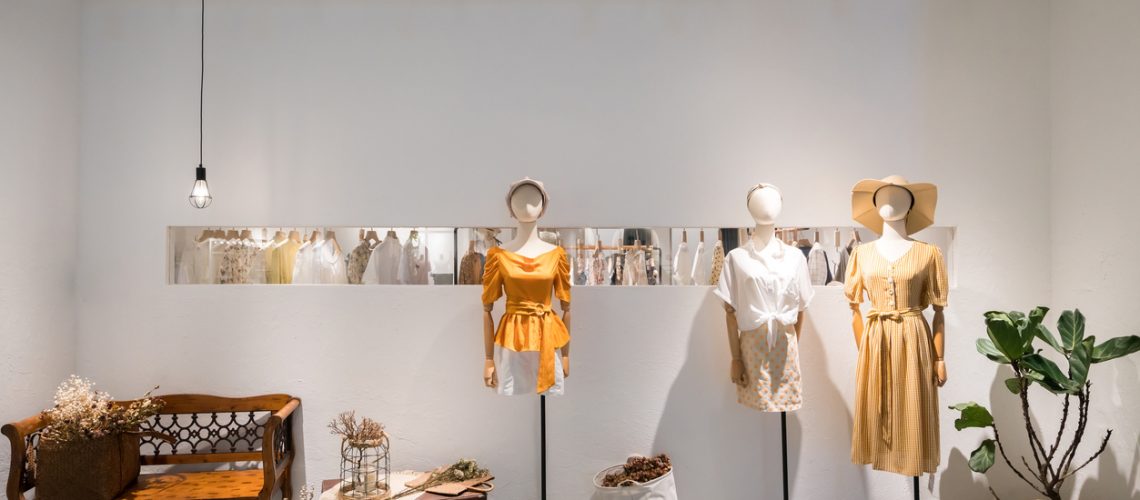How to Style Your Clothing with Boutique Fashion Discovers
How to Style Your Clothing with Boutique Fashion Discovers
Blog Article
A Deep Dive Into the Globe of High-Fashion Runways: Recognizing Apparel as Art
Developers, a lot like skillful artists, weave elaborate stories with form, shade, and fabric, challenging typical standards and redefining elegance criteria. As we check out these sartorial spectacles, we must contemplate: what duty does fashion play in shaping social worths, and exactly how does it show the ever-changing tapestry of human emotion and identity?
The Development of Runway Shows
The trajectory of runway shows has transformed dramatically over the years, advancing from special sector events to exciting eyeglasses that mix style with art. Traditionally, runway shows were intimate events, held in ateliers or tiny places, mainly attended by buyers and industry experts. These early presentations concentrated on the garments' workmanship and commercial viability, using a straight and useful screen of seasonal collections.
As the fashion industry increased, the nature of path shows began to alter. The 1970s and 1980s noted a turning point, with designers looking for to differentiate themselves via more theatrical discussions.
In current years, technology and social media have further changed path programs, making them obtainable to a global target market. Livestreaming and electronic systems have actually democratized style, allowing enthusiasts worldwide to witness these occasions in real-time (boutique fashion). This advancement shows a wider social change, where high-fashion runways function as a vibrant junction of style, technology, and efficiency
Designers as Dreamer Artists
Developers in the high-fashion sector have actually obscured the lines between useful garment creation and the theoretical world of art. By welcoming artistic techniques such as sculpture, paint, and progressive setups, designers craft garments that challenge standard fashion standards and raise them to art kinds.
Visionary designers attract ideas from a myriad of resources, consisting of abstract art, historical recommendations, and individual stories. They possess a special capability to visualize and emerge concepts that push the borders of traditional fashion, often redefining aesthetic standards in the procedure. This innovative ingenuity is showcased through dramatic shapes, ingenious products, and detailed craftsmanship, which invite audiences to experience fashion as greater than simply wearable things.
In addition, the runway serves as a canvas for these artists, where lights, songs, and set design coalesce to develop immersive experiences. These presentations are not simply display screens of clothing yet are orchestrated efficiencies that evoke feeling and provoke thought, attesting the designer's role as a true musician in the contemporary social landscape.
Social Influences in vogue
Cultural tapestry weaves its elaborate patterns right into the material of style, affecting developers around the world. The vibrant interchange of cultural tales, traditions, and signs educates and influences collections that grace high-fashion paths.
The impact of culture on style is frequently seen in the reinterpretation of typical garments and patterns. The usage of Japanese bathrobes, Indian saris, or African prints in modern fashion reflects a mix of social authenticity and modern appearances. Designers such as Valentino's Pierpaolo Piccioli and Alexander McQueen's Sarah Burton have been recognized to integrate abundant cultural themes right into their couture collections, equating history into wearable art.

Technology in Material and Design
Innovation in material and style consistently reshapes the landscape of high-fashion, pressing limits try this and redefining opportunities. Over the last few years, technological developments have actually significantly added to this evolution, presenting products that test conventional perceptions. Textiles embedded with clever fibers, with the ability of transforming shade or regulating temperature, are no article much longer confined to the realm of science fiction. Designers are significantly discovering the combination of modern technology, such as 3D printing, which permits the creation of complex structures that were previously unimaginable.
The fashion sector is experiencing a surge in the use of green materials, acquired from recycled plastics, natural fibers, and even eco-friendly components. Developers are embracing these materials to craft garments that are both conscious and aesthetically striking of their eco-friendly impact.
In terms of style, progressive silhouettes and experimental forms are constantly transforming the runway. By including cutting-edge methods and unconventional products, designers grow garments that blur the line between style and art, establishing have a peek at this site new criteria for creative thinking and expression in the high-fashion round.
Effect of Fashion on Society
Style wields an extensive impact on society, serving as both a representation of social identification and a driver for social change (boutique fashion). With its development, fashion has actually mirrored social shifts, encapsulating the zeitgeist of numerous periods.
Additionally, style has the power to bridge cultural spaces, fostering understanding and recognition amongst diverse groups. As globalisation increases, the cross-cultural exchange of style ideas comes to be progressively significant, promoting inclusivity and variety. The rise of streetwear, stemming from urban subcultures, highlights how style can transcend socio-economic borders, providing individuals a method of self-expression and empowerment.
Essentially, style is not just regarding visual appeals; it is a dynamic force that affects values, attitudes, and societal progression (boutique fashion). By constantly interacting with social and social currents, style continues to be an integral part of the cumulative human experience

Final Thought
Designers, similar to visionary artists, manage collections that reflect identification, emotion, and social narratives, challenging conventional looks. This junction of style and creativity not just mesmerizes target markets around the world yet also influences societal perceptions and advertises a much deeper admiration for social diversity.

Social tapestry weaves its detailed patterns right into the textile of fashion, influencing developers around the world.Style wields a profound influence on culture, serving as both a representation of cultural identity and a stimulant for social adjustment.
Report this page